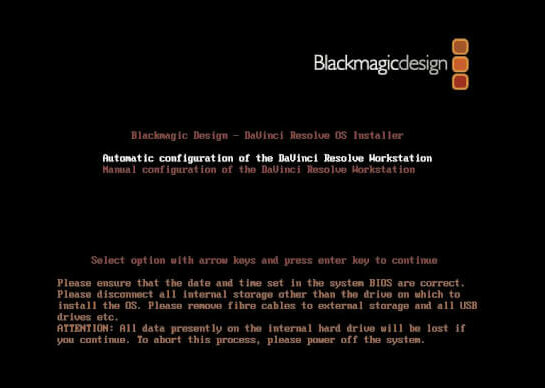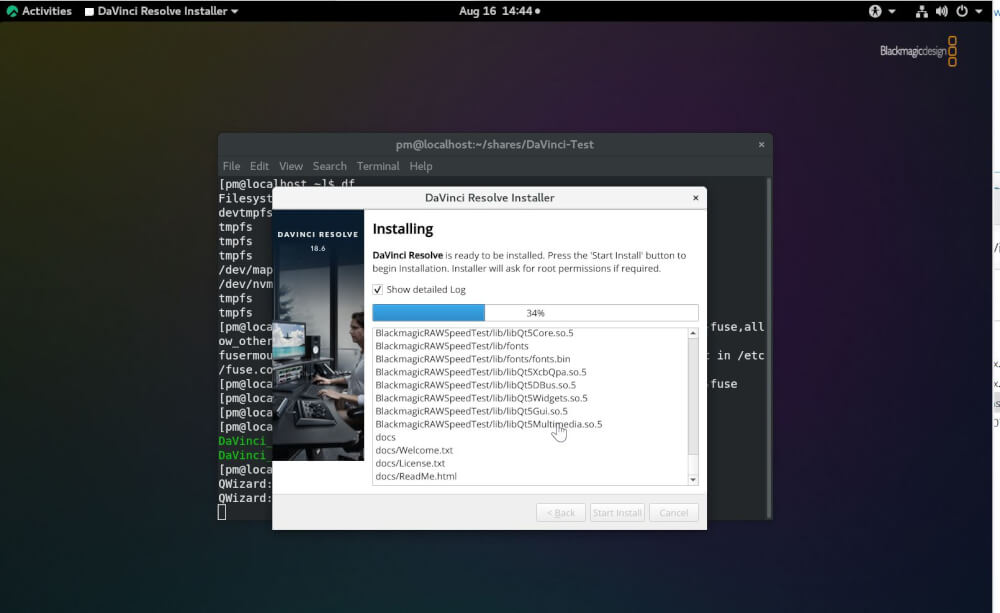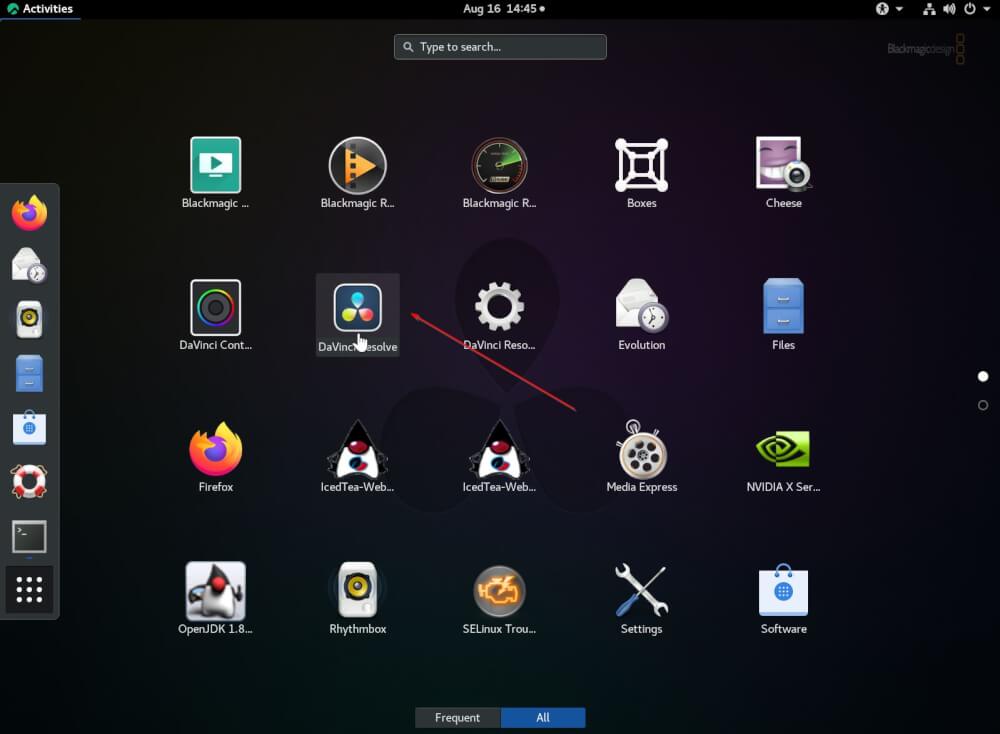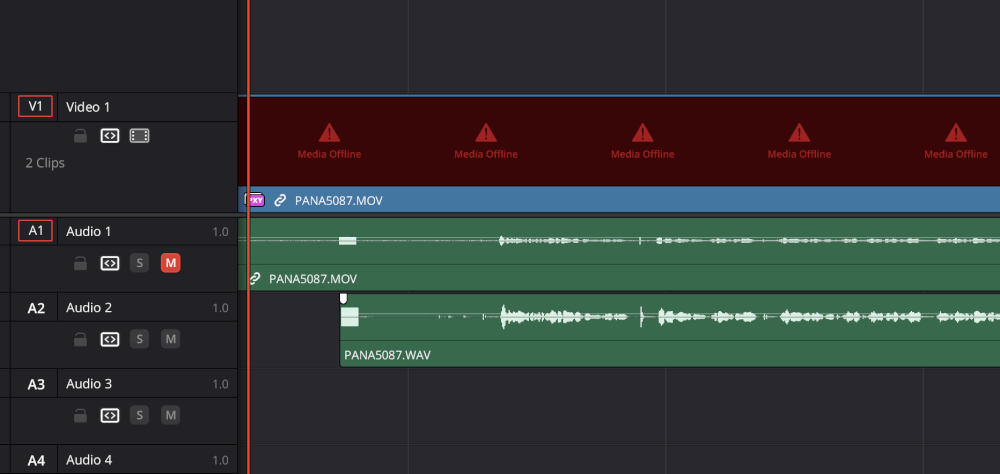Install Da Vinci Resolve on Linux Mint or Ubuntu
I’ve been planning to try out the DaVinci Resolve video editing software on a Linux system for a while.
Introduction

I switched to DaVinci Resolve a while ago and have had the Studio version of Da Vinci Resolve for a while now. I’m now getting on very well with the program and I use it actively on both Windows 11 and a MacBook Air. And I’ve now also installed a PostgreSQL database on another Linux system so that I can have my projects available between the two systems or on a PC.
I’ve wanted to install this program on Linux for a while now, because Blackmagic offers the program in both the free and the Studio version for Linux systems.
I’ve also recorded a video about this:
Preparation
If you look online for information about the installation options, you’ll always come across problems that certain libraries don’t fit or aren’t compatible with DaVinci. Recently, there has been an increasing number of people installing DaVinci in Distrobox. This means that a distribution of their choice is installed in a closed container.

Others go and install DaVinci on Ubuntu, for example, and then take the relatively laborious route of gradually installing missing libraries.
Rocky Linux
Blackmagic itself says it supports CentOS and Rocky Linux, and the Linux downloads also include an ISO file with Rocky Linux 8.?, although version 9.4 of this distribution is now also current. To try it out, I decided to first install this distribution in the virtual machine with VMWare Workstation Pro.

The installation with Rocky Linux worked, except that I obviously had no graphics support on my X300, because this computer only has a smaller GPU than the CPU anyway, and in a virtual machine it will only pass on a virtual graphics card anyway. But it was worth a try, because I sometimes edit my videos on this smaller computer.
Linux Mint and DavinciBox
During my research on this topic, I came across a project on Github, namely DavinciBox. This project uses DistroBox to create a container that is tailor-made for DaVinci, so to speak. However, Linux Mint 22 is required for this, as Distrobox is not available in older versions.

But with this tool, I managed to install DaVinci Resolve 18.6 on Linux Mint so that it runs. No problems with audio or 10-bit H265 files either. It all worked.
For Linux, I only had to change the drive mapping, as, as I said, I use both systems alternately.
Linux makeresolvedev Tool
Since it actually worked quite well on the smaller X300 computer, I naturally wanted to repeat this installation on my newer PC, which has an NVidai RTX 3060. Here, too, I had to install Linux Mint 22 first, but that wasn’t a problem.
I tried it with the DaVinciBox first, but DaVinci Resolve simply refused to recognize the Nvidia graphics card, even though I thought I had installed the necessary drivers (both Nvidia itself and OpenGL).
A second tool is the script by Daniel Tuffeson, which creates a Debian .deb package from the DaVinci package. If the requirements are met, the package creation works quite well.

NVidia graphics card
However, with my newer PC with the RTX 3060 graphics card, I had the problem that it wasn’t recognized and Davici Resolve wouldn’t start. Through further research, I came across this article and tried it out, even though the article primarily wants to solve problems with AMD Radeon graphics cards.

The fact that H265 10-bit clips were not recognized at first was simply because I had installed a free version of Da Vinci Resolve as a test. On my LG 32-inch monitor, however, the fonts of the menu texts were really terrible, but Da Vinci has a special setting for this.
But DaVinci doesn’t like videos with AAc codec either, because they require a license. One solution is this article in the BlackmagicForum.
Conlcusion
Installing Da Vinci Resolve on a Linux system is possible with the help of some tools and articles. However, depending on the distribution, there may be one or two errors. But Resolve on Linux simply works and it’s fun.
ciao tuxoche



